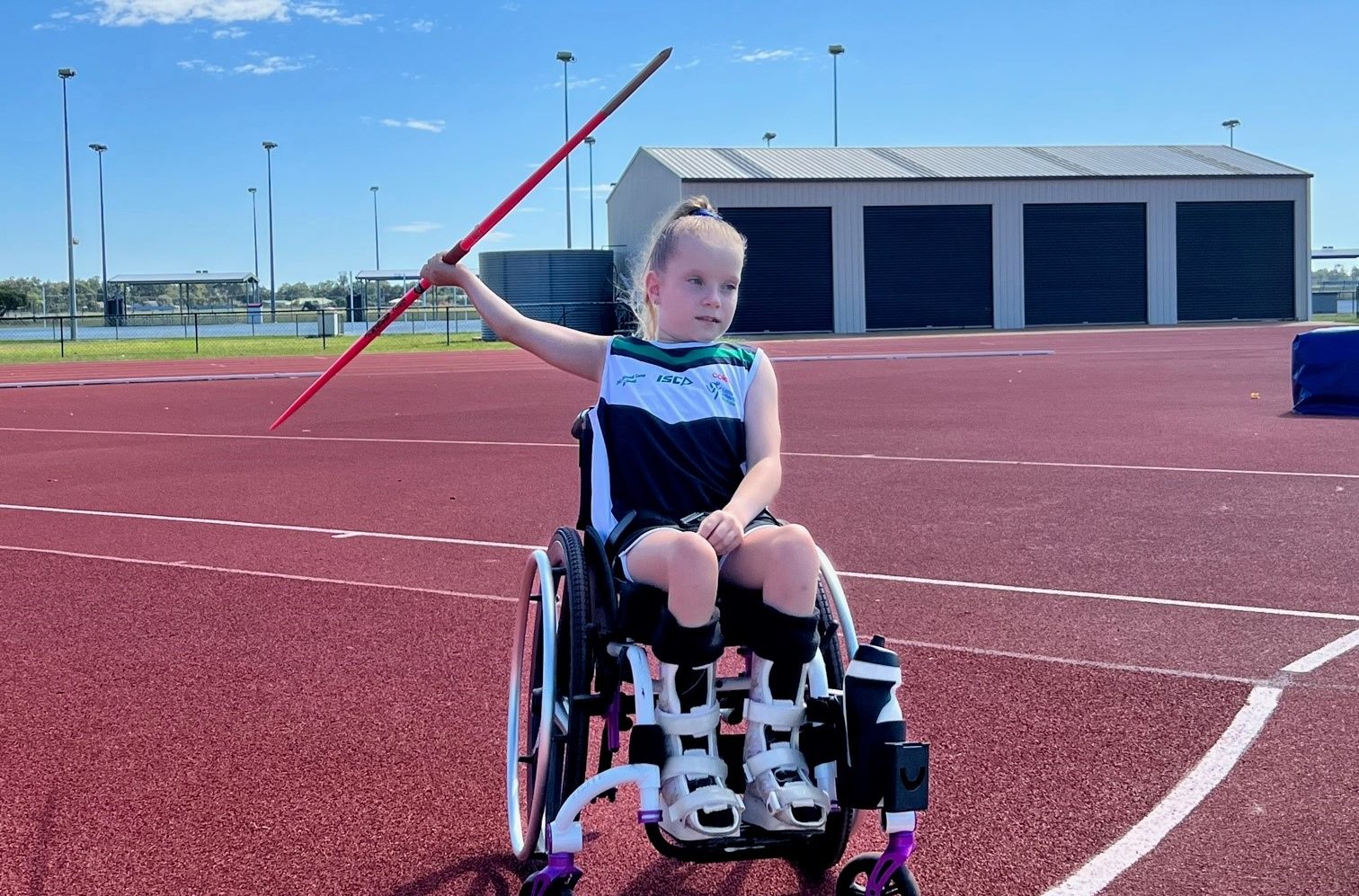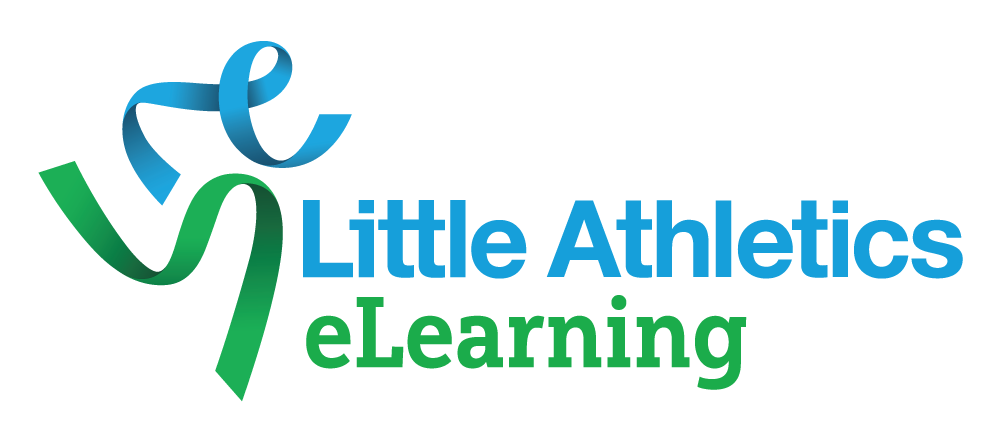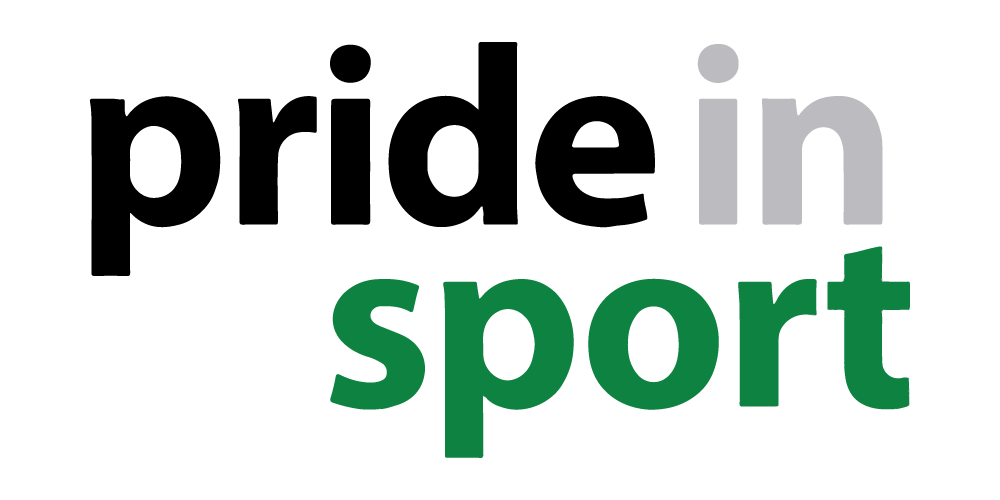A Guide to Assistive Technology

Assistive Technology
Assistive Technology provides support related to the person’s disability so they can participate in activities safely.
Click here to download the Guide to Assistive Technology.
Orthotic is an artificial support around a body part
AFO – Ankle Foot Orthoses
Function:
- Made of plastic or carbon fibre, the AFO typically holds the ankle at 90 degrees and supports from foot to knee. There is no spring.
Advantages:
- Prevents the foot from rolling in and out.
- Holds the ankle in a good position for walking.
- Prevents walking on toes.
Disadvantages:
- No push off when running or jumping.
- Solid position of ankle does not allow for the athlete to go up on balls of feet.
Tips to Support and Understand the Athlete:
- At Long and triple jump, the athlete may need time or a reminder to take off AFO, clear out sand, and put back on after the jump is completed. After each jump, check to make sure the AFO has not pinched at the back of the legs after landing.
- The AFO can get very hot underneath so the athlete may need to change socks during meet and check for pressure areas.
Wrist Splint
Function:
Usually made with plastic and a series of straps. The splint is commonly used to hold the wrist in a straight position so that the fingers can grip something.
Advantages:
- With the wrist straight, the fingers can curl in a correct position to hold things.
- It can protect the small joints of the hand and fingers.
Disadvantages:
- Gets in the way.
- Can limit muscle strength.
- Limits the wrist bending needed for throwing.
Tips to Support and Understand the Athlete:
- Splints get very hot and sweaty, the athlete may need time or a reminder to take off between events.
- Adults will need to adjust coaching ideas for throwing events to accommodate no movement at the wrist if it is on the dominant hand.
Prosthetic replaces a missing limb
Below knee prosthetic
Function:
There are a wide range of prosthetics. They are typically made from plastic and/or carbon fibre and are designed to replace a missing limb.
Advantages:
- In a below knee prosthetic, the athlete has their knee intact and so can bend and straighten the knee.
- The prosthetic can provide greater balance and opportunity to participate.
- A running blade prosthetic is curved, springy and light weight and therefore provides more push off than traditional prosthetics.
Disadvantages:
- Not all athletes will have a sporting prosthetic which is designed to help in sport, for example a running blade)
- Traditional or everyday splints do not provide much push off as they are often fixed in one position (like AFO above).
Tips to Support and Understand the Athlete:
- It is important that the stump of the limb is cared for. Heat and humidity can cause irritations to the amputated area through perspiration and rubbing against the socket of the artificial limb. Especially with sand and on hot days the athlete may need time or a reminder to follow their leg care routines.
Above knee prosthetic
Function:
There are a wide range of prosthetics. They are typically made from plastic and/or carbon fibre and are designed to replace a missing limb. The knee joint may be fixed or have hydraulics included.
Advantages:
- An above knee prosthetic supports balance and function to encourage standing participation.
- A running blade prosthetic is curved, springy and light weight and therefore provides more push off than traditional prosthetics.
Disadvantages:
- The knee joint is very difficult to recreate in a prosthetic. An athlete will need to use different muscles for running than their peers and as such, their legs may go slightly outwards and forwards rather than straight through forward when running.
Tips to Support and Understand the Athlete:
- It is important that the stump of the limb is cared for. Heat and humidity can cause irritations to the amputated area through perspiration and rubbing against the socket of the artificial limb. Especially with sand and on hot days the athlete may need time or a reminder to follow their leg care routines.
Hand/Arm prosthetic
Function:
There are a wide range of prosthetics. They are typically made from plastic and/or light weight metals and/or silicone and are designed to replace a missing limb.
Advantages:
- The hand/arm prosthetic can support improved balance by providing a counterweight. The prosthetic can assist with holding or more advanced function.
Disadvantages:
- The hand/arm prosthetic is usually a “helping hand” in athletes meaning that it provides a stabilising function but may be limited in more advanced functions.
Tips to Support and Understand the Athlete:
- The prosthetic may be removed for some events for example, running.
Equipment to support function and active participation in standing
Crutches
Function:
Lightweight metal crutches usually with a handle and elbow supports.
Advantages:
- Crutches provide additional stability and balance for walking.
Disadvantages:
- Crutches require good upper body strength.
- Crutches typically make walking and running slower.
Tips to Support and Understand the Athlete:
- For most athletes who use crutches, please have their wheelchair or a seat available between events.
- The athlete may need more space around them to participate safely in events and for the safety of other athletes.
Walking Frames
Function:
A walking frame assists athletes to walk independently (they still may need some adult assistance) by supporting balance and leg strength. There are a lot of different walking frames, and most are made from metal and the athlete will use their hands or trunk to steer.
Advantages:
- A walking frame can support an athlete to be independent.
- Walking frames provide different levels of support depending on the athlete’s needs.
Disadvantages:
- A lot of walking frames have small wheels as they are designed for indoor use and which struggle on ground that is not smooth or is grass.
- Some walking frames are difficult to steer, the athlete may need adult assistance.
Tips to Support and Understand the Athlete:
- For most athletes who use a walking frame, please have their wheelchair or a seat available between events.
- The athlete may need more space around them to participate safely in events and for the safety of other athletes.
Frame Runner
Function:
A frame runner is a custom built three-wheeled frame where the athlete is fully supported by a saddle and leans against a chest support. Athletes move forward using their feet and steer with their arms.
Advantages:
- Frame runners provide people the ability to run. Athletes who use a frame runner typically have reduced balance and would not be able to run without the frame.
- The low centre of gravity provides stability.
- A spring keeps the front wheel facing straight for athletes who need help steering.
- The Frame runner allows athletes to participate in running events to which they would not otherwise have access.
Disadvantages:
- Grass is more difficult to run on but it is not impossible. Using the grass as natural resistance can help the athlete to build power and strength. It is better if the grass is short. There are BMX style tyres that the athlete may want to put on their frame runner.
- Grass after it has rained might be more slippery.
- Athletes not used to using their legs for mobility may take time to increase their coordination
Tips to Support and Understand the Athlete:
Technique training is vital to find the ideal style of running for the athlete.
- Athletes may run with a reciprocal leg pattern (one leg then the other) or two legs together or use mainly one leg.
- Saddle area soreness is common. Many athletes benefit from padded bike pants.
- ‘Off-road’, BMX style tyres can be used as they increase traction on grass or soft surfaces.
Equipment to support function and active participation in sitting
Manual Wheelchair
Function:
A manual wheelchair provides support in the seated position for athletes with disability. They are made with a seat, 2 large wheels, a backrest, footrest and 2 small wheels at the front. There are many different wheelchairs on the market.
Advantages:
- A athlete’s wheelchair will be fit to their body so they can comfortably complete most events.
Disadvantages:
- Athletes can use their everyday wheelchair for events, but these wheelchairs are not always set up optimally for race conditions. This means, they will not be as fast as they might in a race wheelchair. Moving a wheelchair requires a lot of upper body strength and takes time to learn.
Tips to Support and Understand the Athlete:
- Some athletes who use a wheelchair may also stand or walk. Check with them about how they want to participate in each event.
Power Wheelchair
Function:
Power wheelchairs have a motor and battery and are controlled by the person using a joystick or switches.
Advantages:
- Power wheelchairs offer athletes with significant disability the opportunity to move independently. Athletics can be a great chance to practice driving because the lanes provide visual guides to assist with steering and wide open spaces between events.
Disadvantages:
- Power wheelchairs are very heavy. They drive well on uneven ground but may struggle to drive on sand or very uneven dirt.
Tips to Support and Understand the Athlete:
- Some athletes who use a power wheelchair may also stand or walk. Check with them about how they want to participate in each event.
Race Wheelchair
Function:
A race wheelchair has 3 wheels, two at the back and one in the front. They are designed so that the athlete leans forward while propelling (moving). They are made from lightweight metal or carbon fibre.
Advantages:
- Race wheelchairs are propelled by pushing through the rims on the back wheels. Athletes, with practice, can gain greater speeds in a race wheelchair compared to their everyday wheelchair.
- Disadvantages:
- Steering the race wheelchair is complex and requires practice. Safety is paramount around corners and when competing against athletes who are on foot.
- Propelling a race wheelchair requires a lot of upper body strength. Coaching starts with a focus on technique.
Tips to Support and Understand the Athlete:
- There are two sitting options in a racing wheelchair – kneeling or sitting. The kneeling option is preferable and is often used by people with a spinal injury or people without feeling in the lower body. The seated option is better for people with reduced flexibility.
Throwing Frame
Function:
A throwing frame is used by athletes in throwing events to throw from a seated position. Typical construction includes a flat seat in a square or rectangular shape. May have side, front or back rests. The frame is connected to the floor with straps. Athletes can use belts such as a lap belt or a shin strap. The frame may have a footrest or foothook. Athletes use a vertical holding bar for extra stability and power.
Advantages:
- The frame offers postural support for athletes who need it. Frames are simple in design and can be shared among athletes.
- Frames are safer than throwing from a wheelchair or chair as they can be securely connected to the ground.
Disadvantages:
- The throwing frame allows athletes to participate in throwing events to which they would not otherwise have access.
Tips to Support and Understand the Athlete:
- Athletes sit on the chair with support from the belt system and back rest. The athlete will sit either square (front or side on) or with one leg either side of (across) the corner of the frame.
- Conditioning includes core and hip strength and increased mobility and flexibility in lower limbs. Repetition of the event patterns assists the athlete to memorise the movement patterns of the event.





